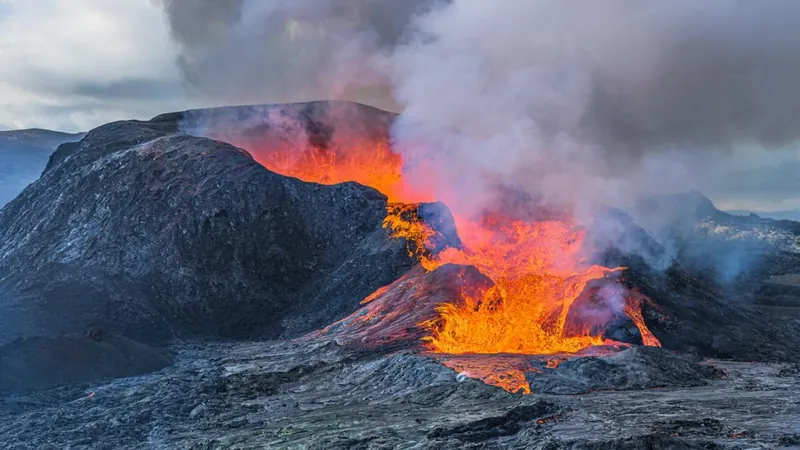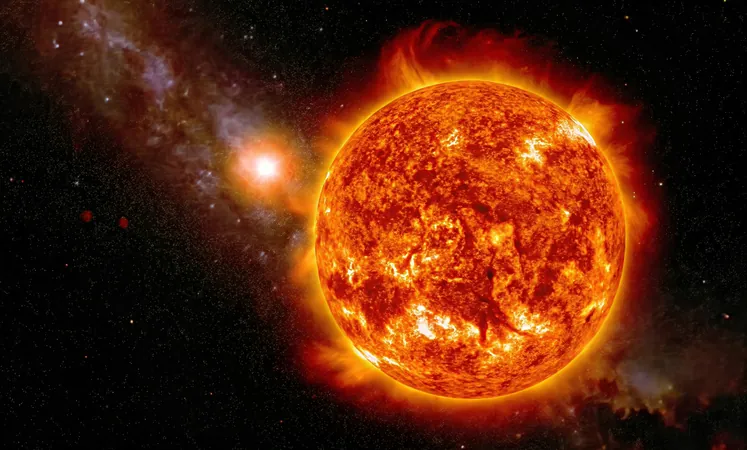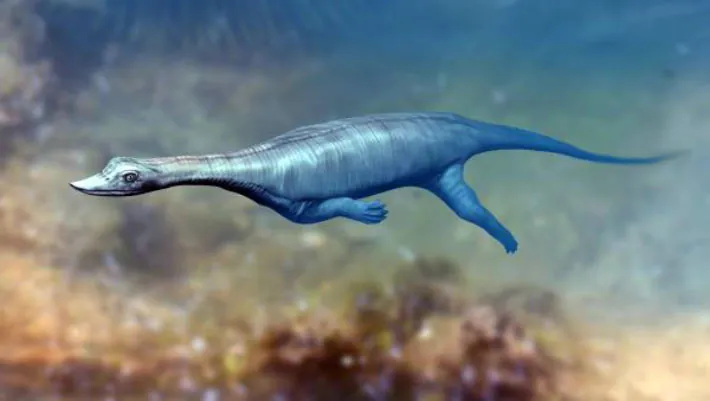
Scientists Risk It All to Drill Into Volcanoes for Limitless Clean Energy Potential: Is This the Future of Power?
2024-11-21
Author: Wei
Underneath the seemingly serene landscapes of Iceland lies a raging fury of superheated magma, posing a threat to local residents due to increasing volcanic activity. This unsettling situation is not just causing upheaval in infrastructure—like roads being swallowed and homes being abandoned—but it also holds a tantalizing possibility for a new era of renewable energy.
As researchers consider drilling into Iceland’s volcanic terrain, they aim to unlock geothermal power derived from this magma without contributing to greenhouse gas emissions. Currently, around 800 million people live within 60 miles of active volcanoes, making the prospect of tapping into this energy source particularly impactful for global power supplies.
"Basically, the potential is limitless," says Hjalti Páll Ingólfsson, Director of the Geothermal Research Cluster, emphasizing the groundbreaking implications of this work.
Iceland’s unique geology, formed by ancient lava flows in the North Atlantic, presents a volatile yet promising environment for geothermal energy exploration. The initial drilling is scheduled for 2027, where scientists plan to insert sensors directly into magma chambers located over 6,800 feet below the surface. For comparison, that’s more than four times the height of New York's Empire State Building!
Why is this significant? The process involves capturing heat from magma, which can reach temperatures of 1,800 degrees Fahrenheit. This heat is then transformed into electrical energy via steam turbines, operating in a seamless loop. Essentially, two advanced boreholes into magma could produce enough energy to replace 18 conventional geothermal wells, already powering around 30,000 households in Iceland.
Nevertheless, this deep drilling method is not without controversy. Critics question the potential dangers of tapping such immense geological forces. As with any cutting-edge technology, the balance between risk and reward is paramount, but the benefits may far outweigh the concerns.
Moreover, Iceland isn’t the only player in this field. Companies like Quaise Energy are eyeing their own ambitious projects, planning to drill up to 12 miles into the Earth's crust to access what they term a “million-year energy source.” This shift from conventional fossil fuel dependency is crucial, especially as climate scientists point to burning fossil fuels as a primary driver of global warming and erratic weather patterns.
As we explore the realm of geothermal energy, innovative heating solutions like heat pumps are taking hold. They can be installed in homes regardless of proximity to volcanic activity and promise impressive annual savings on energy bills while mitigating air pollution. Additionally, generous tax credits make these systems increasingly accessible.
Looking ahead, researchers are also eyeing volcanic regions in California, Japan, and parts of the Mediterranean as future geothermal hotspots. The foundational goal remains clear: deepen our understanding of Earth's formidable volcanoes.
As Ingólfsson poignantly summarizes, “We are pouring trillions into exploring distant planets, yet we invest so little into deciphering the enigmatic forces within our own planet.”
The journey toward harnessing the Earth’s geothermal power is not only vital for energy production but essential for a sustainable future. Could this be the breakthrough we have been waiting for, or will the stakes prove too high? Stay tuned as this story unfolds!





 Brasil (PT)
Brasil (PT)
 Canada (EN)
Canada (EN)
 Chile (ES)
Chile (ES)
 España (ES)
España (ES)
 France (FR)
France (FR)
 Hong Kong (EN)
Hong Kong (EN)
 Italia (IT)
Italia (IT)
 日本 (JA)
日本 (JA)
 Magyarország (HU)
Magyarország (HU)
 Norge (NO)
Norge (NO)
 Polska (PL)
Polska (PL)
 Schweiz (DE)
Schweiz (DE)
 Singapore (EN)
Singapore (EN)
 Sverige (SV)
Sverige (SV)
 Suomi (FI)
Suomi (FI)
 Türkiye (TR)
Türkiye (TR)